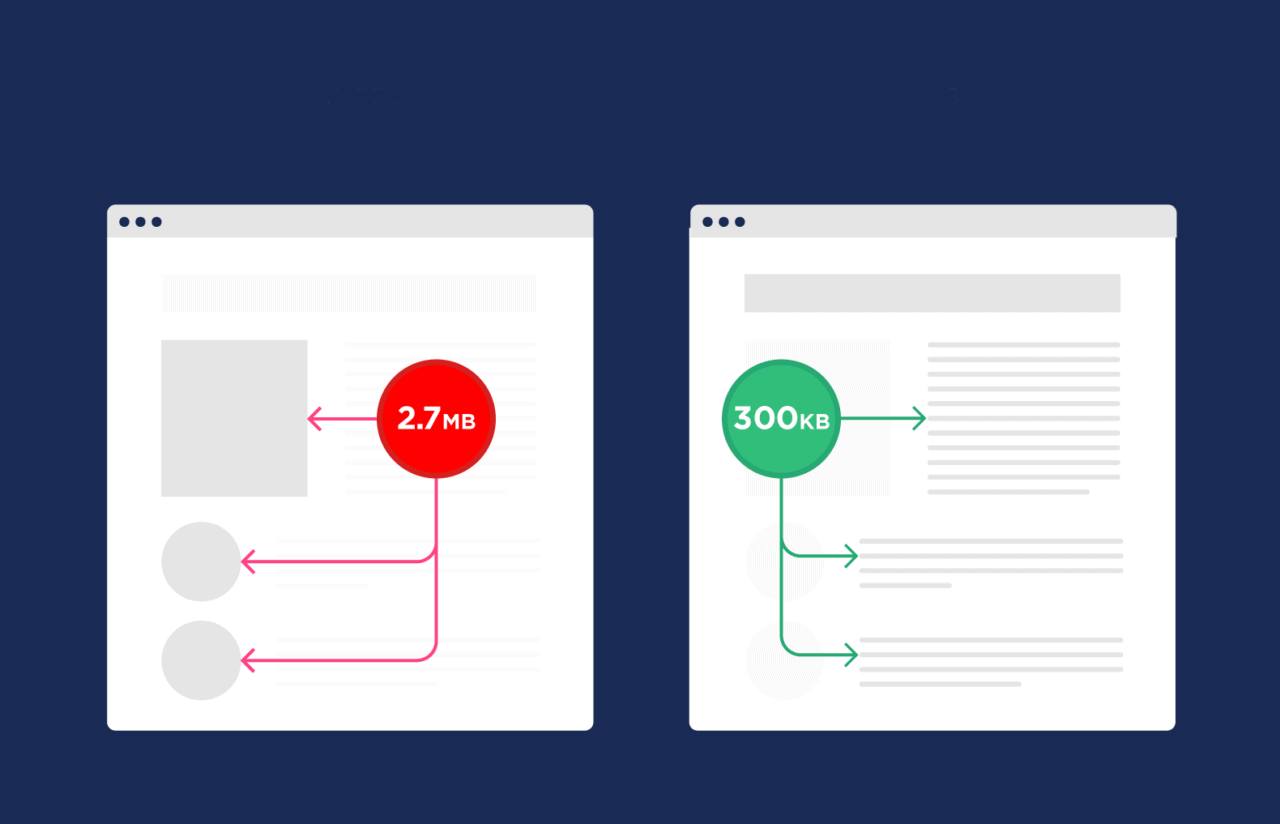Page speed is a particular measurement of how fast your content loads on the page.
Page speed can also be described as page load time which is the time it takes to display full content on a page.
You can check the page speed with Google PageSpeed Insights and the Google Chrome Lighthouse Tool.
Page speed is really important.
1. Page speed is a confirmed ranking factor for Google’s search results
We do not have enough information about Google's main algorithm. Maybe it is measuring time of first btye. But we definitely know that page speed is a ranking factor. Improvement on page speed may help you to improve website on SERP.
2. A slow page means that search engines can crawl fewer pages
This one is another drawback. Because there is a limit for search engines. It's called crawl budget, and slow pages affect their crawl process. If search engine bots crawl a slow page, they may crawl fewer pages, which could negatively affect your indexation.
3. Page speed affects the user experience
If the page load time is too long, you will lose your visitors. Therefore, lower page speed may increase your bounce rate and decrease the average time spent on pages.
Therefore, improving page speed is a crucial step for all the problems above.
How to deal with page speed problems?
1. Reduce redirects
Too many redirect loops are a critical problem. You have to cooperate with developers to remove some redirects from the loop. Generally, do not use more than 4 redirect. But the critical loop limit is 10.
2. Server response time problem
Server response time is another problem. Generally, the time is affected by the amount of traffic, the number of resources, the number of pages, and so on. The best response time for a server is under 200 ms. You have to take some optimization plans for your server into account.
3. Enable compression
Enabling compression software (Gzip) will improve page speed. This file compressor can easily reduce HTML, CSS, and JavaScript files that are more than 150 bytes.
But keep in mind that you should not use this software for images. Use other software to reduce images own sizes.
4. Remove render-blocking JavaScript
Browsers parse HTML before they render a page. Browsers sometimes face a JavaScript that forces them to stop. Cooperate developers to remove or delay render-blocking JavaScript.
5. Minify HTML, CSS, and JavaScript
Generally, the process of executing code may decrease page speed. Because executing HTML, CSS, and especially JavaScript takes too much time. Optimizing HTML, CSS and JS will increase overall, page speed. To do it, just remove comments, unused parts of code, and unnecessary characters.
6. Use a Content Delivery Network (CDN)
The CDN is a geographically distributed network of proxy servers and their data centers. The goal is to provide high availability and performance by distributing the service spatially relative to end users. Generally, using CDN could help increase page speed.
7. Optimize images and use CSS sprites
The size of the image and file format are necessary factors to optimize images. SVG, PNG, and JPG are recommended. In addition, compress images on all pages.
CSS sprites are an advantage for optimizing speed. It creates a template for images (CSS sprites combine your images into one large image that loads all at once) that you use frequently on your site. It is especially helpful for buttons and icons.
In a nutshell, first of all, check your page speed with Google PageSpeed Insights and the Google Chrome Lighthouse Tool. After that, analyze the problems and use the recommendations above to solve them.
